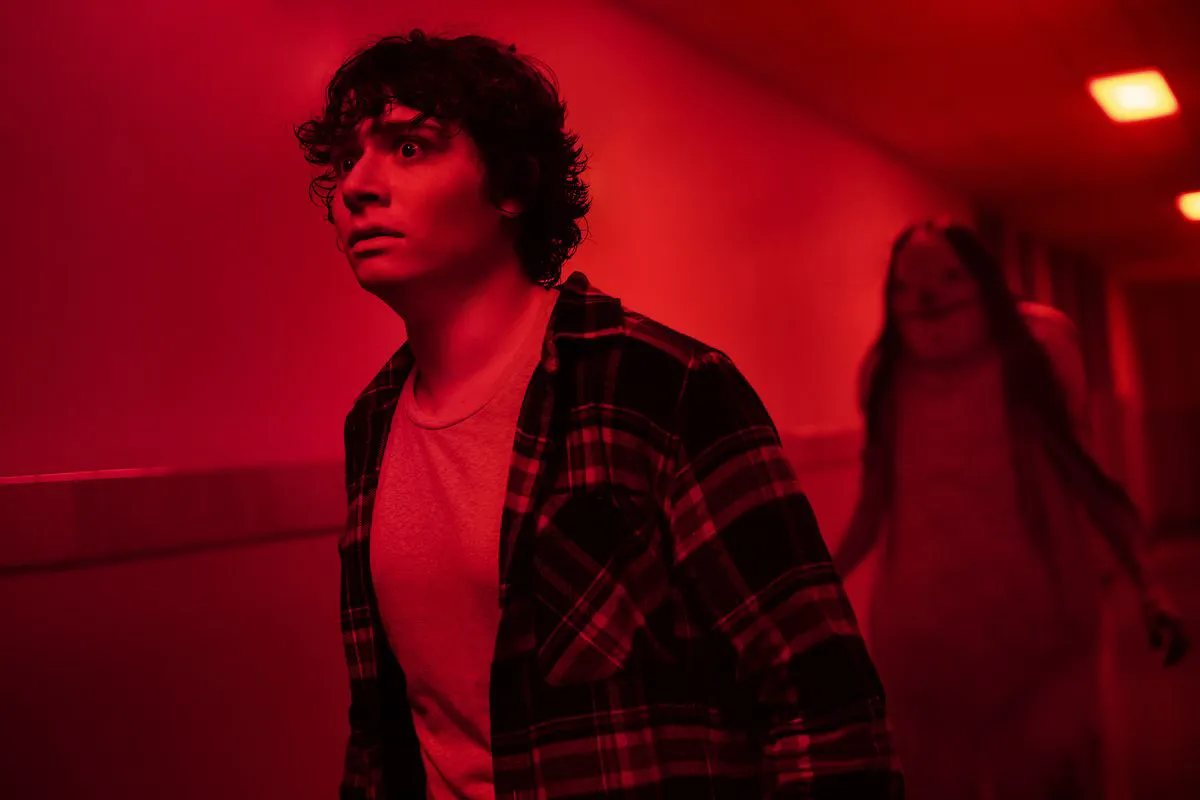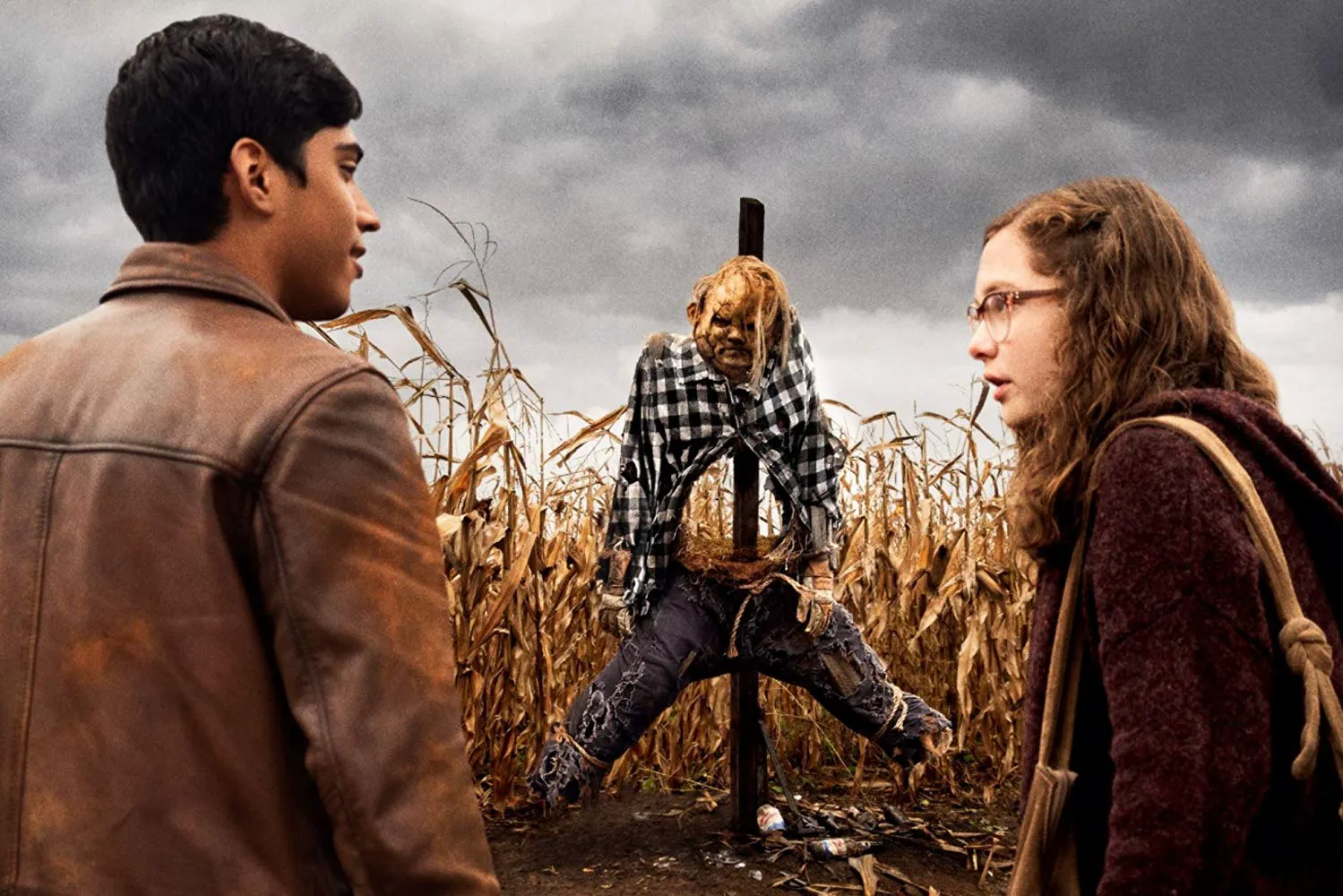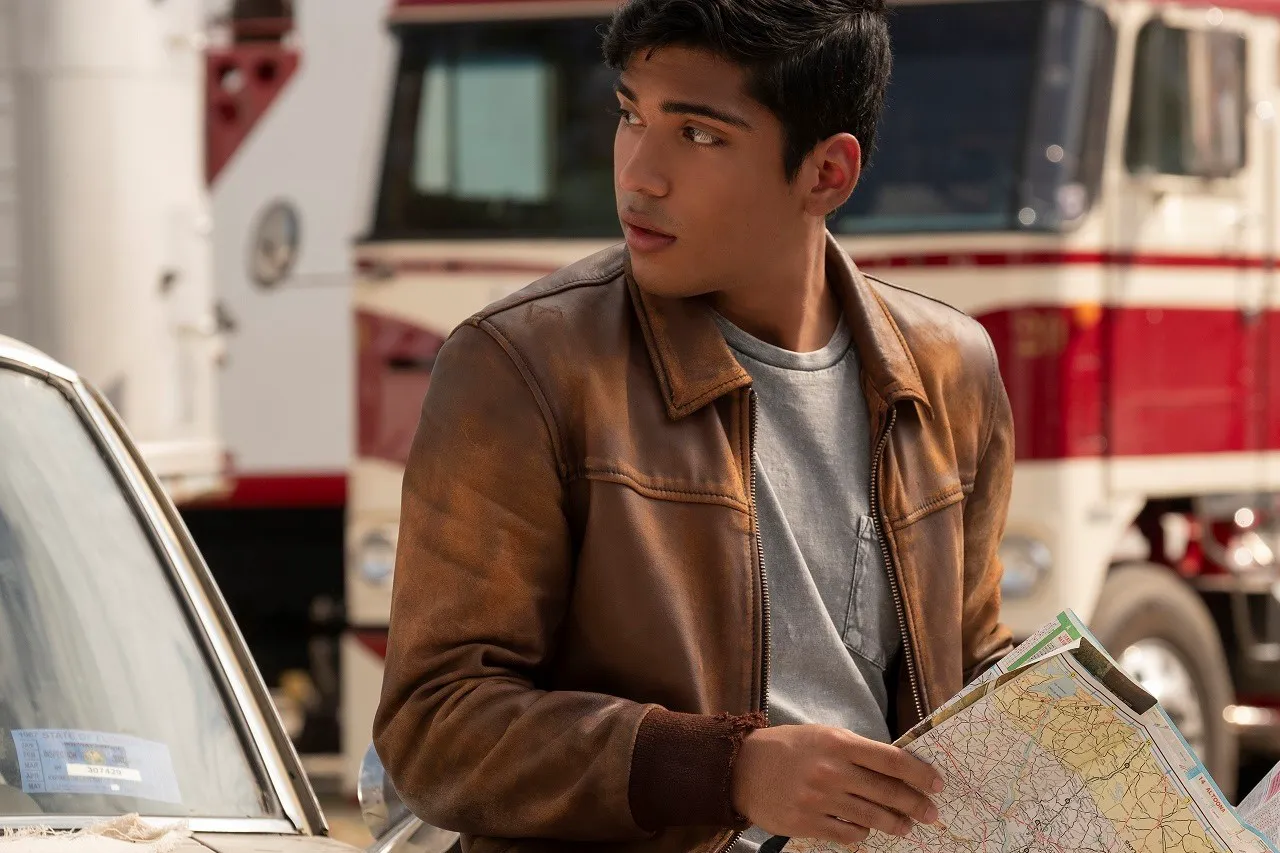Scary Stories to Tell in the Dark: A Competent Horror Flick
A competent horror film by André Øvredal and Guillermo del Toro attempts to connect childhood horror stories with adult political statements.
A group of teenagers, hiding from a school bully on Halloween, meets a visiting Mexican boy, Ramón, and without much thought, leads him to a local landmark - a “haunted house” where the family of evil capitalists once lived. Their daughter went mad and began poisoning the children in the town. Her soul, according to legend, still lives in the house, and if asked, she can tell a guest one of her scary stories, after which that person will surely pass away. Ramón, an observant and quick-witted person, discovers a hidden room in the house that no one has ever found before. There, Stella, a wannabe writer and victim of complexes, finds a book of the crazy girl’s stories, written in children’s blood. Stella takes the book home, and soon the horror stories from it begin to come to life.

Ladies and gentlemen, the sixties are back in fashion: in one week, two films appeared in the global box office, returning us to the good old days in radically different ways, but with the same nostalgic tear in their eyes. In both cases, with a strongly noticeable revisionist optic, in both cases, with loud names behind them. The first, of course, is Tarantino with his “Once Upon a Time… in Hollywood,” the second is Guillermo del Toro with the production project “Scary Stories to Tell in the Dark,” which is somewhat lost against the background of the first (and who wouldn’t be lost here). A horror film with the tools of a children’s horror story and the ambitions of a manifesto-like cross-section of the era.

Del Toro and director André Øvredal - a good, but frankly hired director of “The Autopsy of Jane Doe” and “Trollhunter” - work roughly in the space of James Wan, but, fortunately, do not fall into imitating his aesthetics, which in recent years has frankly dominated the genre of conditionally “stupid” horror. “Scary Stories to Tell in the Dark,” echoing its playful name, refers more to the tradition of R.L. Stine and other children’s horror stories, which have absorbed urban legends and the heroes of those midnight myths that children love to tell each other before going to bed. Actually, the main plot of the film is a shuttle run between such revived stories. A kind of serious version of Goosebumps, where instead of yetis and cute garden gnomes, there are infernal monsters straight from the sick fantasy of Stephen Gammell (the illustrator of the original books, whose monster designs Øvredal and del Toro transferred almost exactly).

Like all the same Goosebumps, “Scary Stories” builds a single narrative over isolated horror stories, connecting them into one big meta-story. But otherwise, they absolutely follow their aesthetics: all the same familiar techniques, all the same faces, characters, and fears. Which, oddly enough, work - it turns out that even the most secondary story can be unfolded interestingly if you have a good storyteller, and the characters behave like real people in at least three out of five cases.

“Scary Stories” lacks only banal expressive courage: all the encounters with monsters and other loud “boo” are interesting conceptually (an endless corn maze, a mirror world where the heroine tries on another personality), but they seem afraid to develop the idea a little further than a simple concept, hurrying to move on to the next chapter and the next “boo.” The film is generally very restless - it is constantly jumping from event to event and sweeps characters off the path without much thought, even before the viewer understands what’s what.

Øvredal and del Toro use the freed-up timing in a peculiar way: their “Scary Stories” with obsessive regularity remind viewers that it is actually the sunset of the 60s, Nixon is about to go for a second term, and a bloody war is raging in Vietnam. Radio waves mumble meanings, the radiant smile of the conservative president echoes them on television - and all this for the time being looks superfluous, strange, awkwardly tied to a completely apolitical story about children who are terrorized by an old book. Even the fact that one of the characters is a draft dodger rather works as a source of instinctive fear than as any statement.